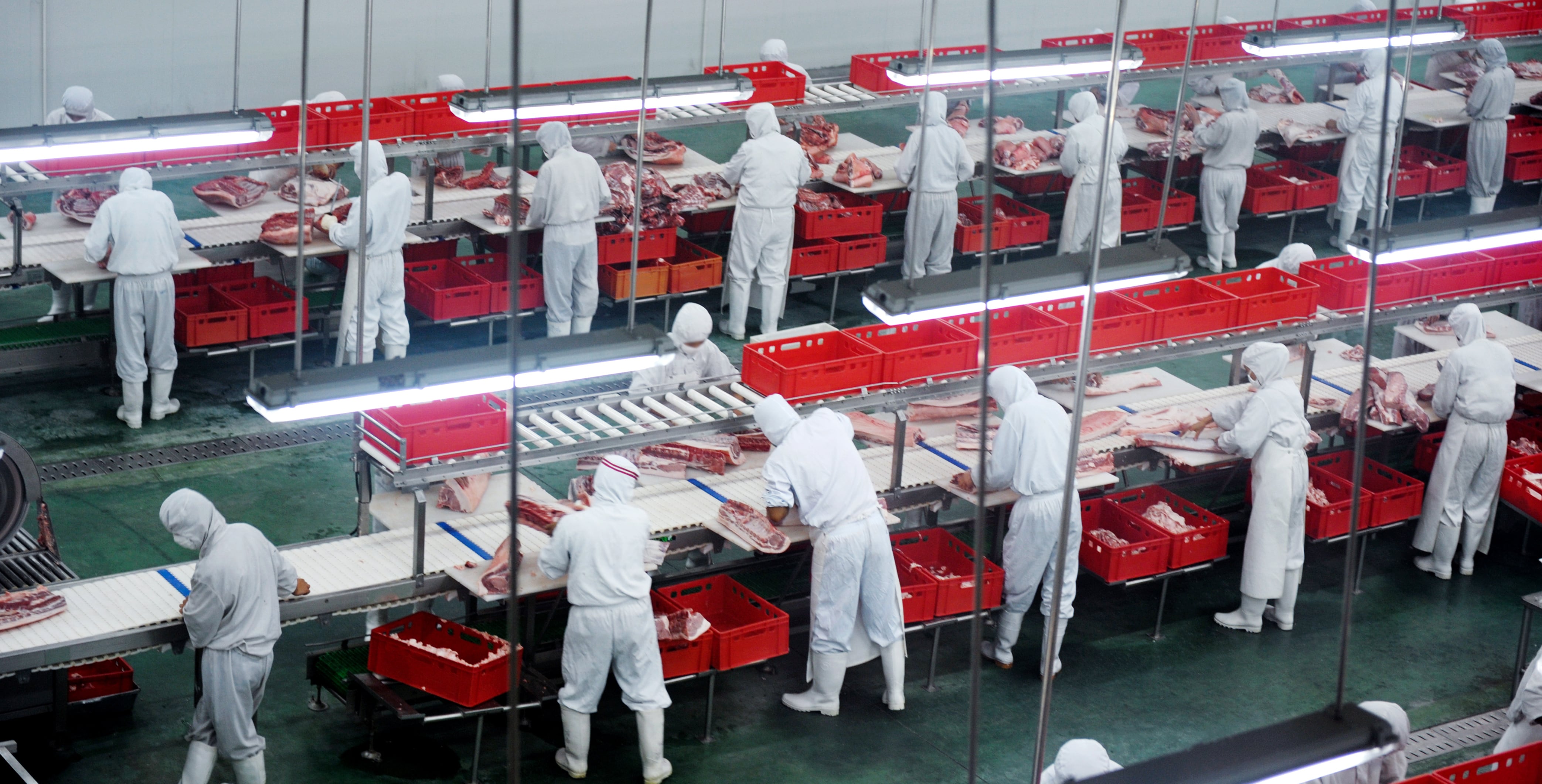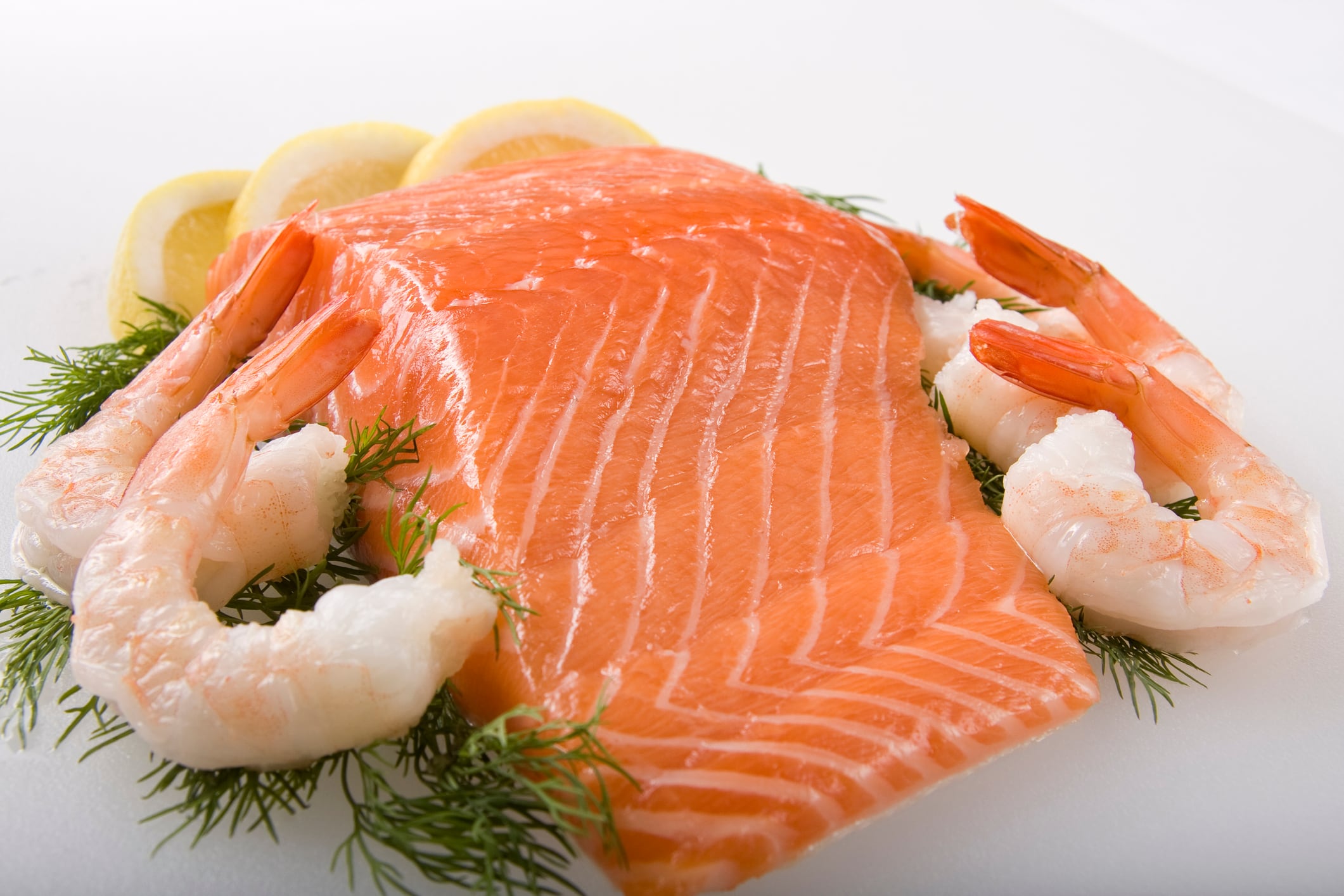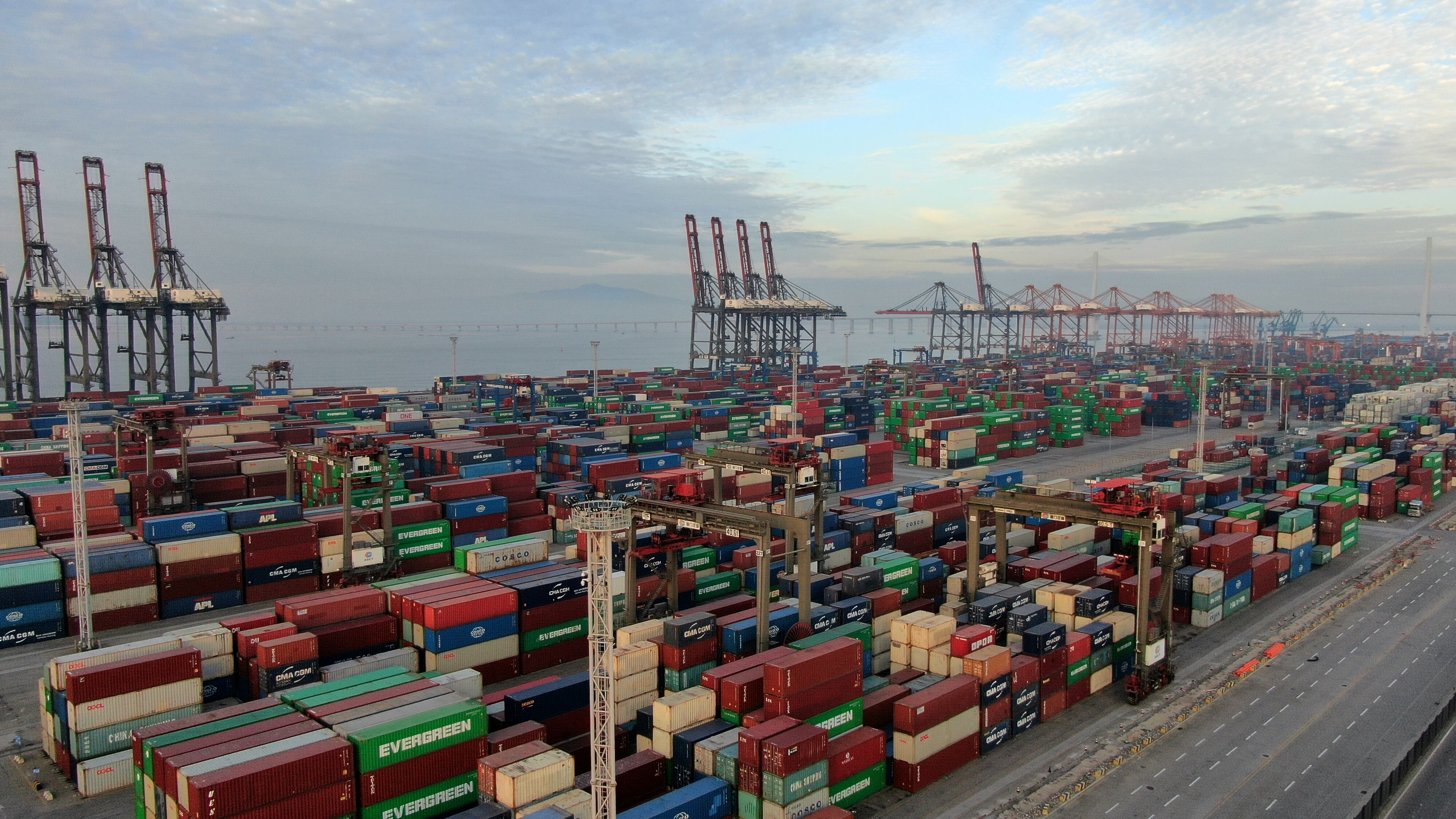China’s pork production experienced a slight decline in 2024, primarily driven by herd liquidation following disease outbreaks and financial losses among producers. The reduced supply triggered price increases starting mid-year, though demand has now softened, reads Rabobank’s global animal protein outlook 2025.
Sow herd
Despite improving prices, producers remained cautious about expanding their sow herds. Large-scale farms focused on efficiency, maintaining stable herds and culling unproductive sows.
By October 2024, the sow herd had rebounded to 40.6 million head, a 1.7% increase from its Q1 2024 low, but still 4.2% below the same period in 2023, noted the analysts.
Market consolidation
Production costs saw a significant decline in 2024 compared to the previous year, largely due to lower input costs, improved disease prevention measures, and increased productivity. However, market consolidation continued, with small-scale producers exiting sow production to concentrate on shorter-term activities like fattening, they reported.
Looking ahead, the Rabobank team expect pork production in China to rise year-on-year in 2025, with prices forecasted to fall below 2024 levels while remaining above breakeven.
China’s pork imports drop
China’s pork imports decreased by 14% year-on-year in 2024. The possibility of a trade war between the US and China, with the resulting impact on global trade flows, may increase market uncertainty, said the team.
Meanwhile, the outcome of China’s antidumping investigation into EU pork exports remains unresolved.
Spain was the largest pork supplier to China during the first three quarters of 2024, although Brazil outpaced Spain in 2023 with slightly higher volumes. Should China impose additional tariffs on EU pork, imports could face further setbacks, cautioned the analysts.
For now, they forecast imports to remain around 2024 levels.





